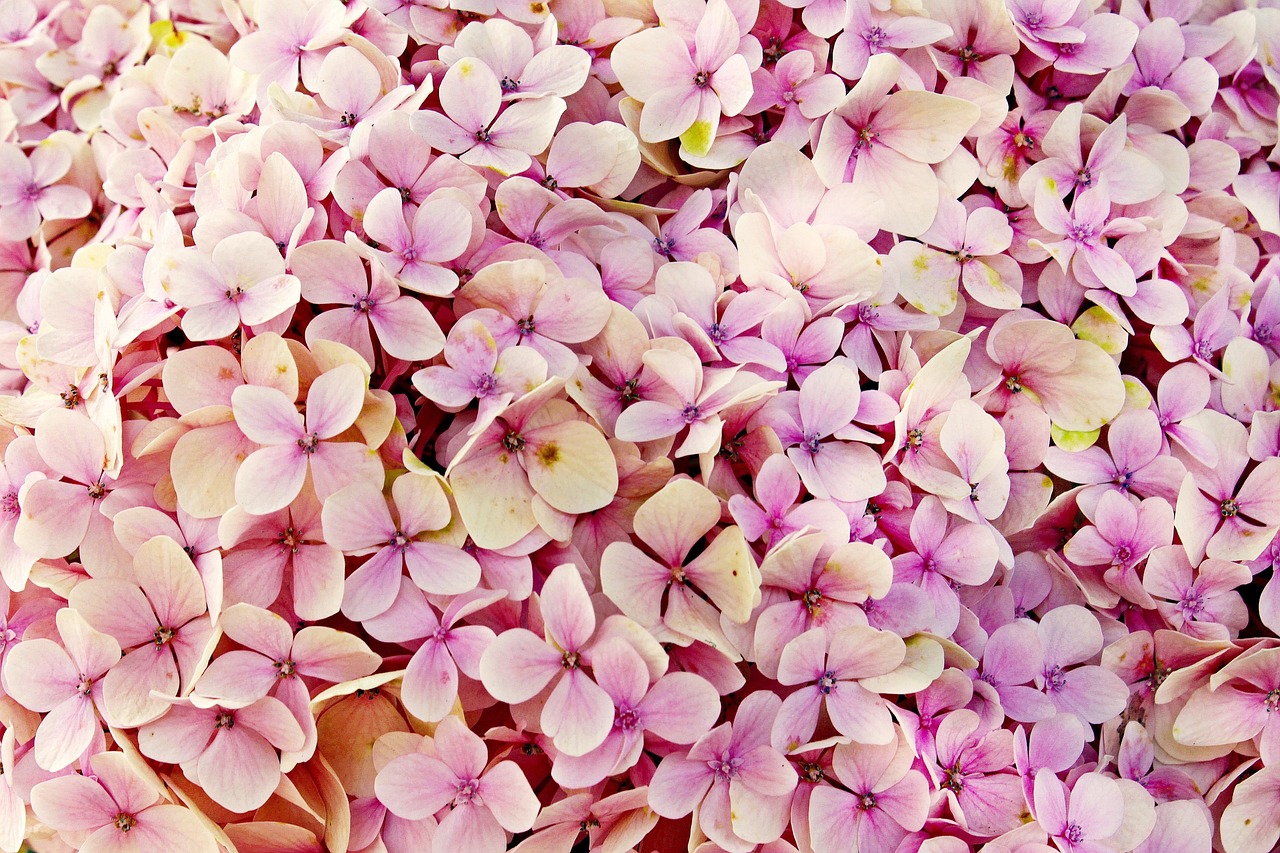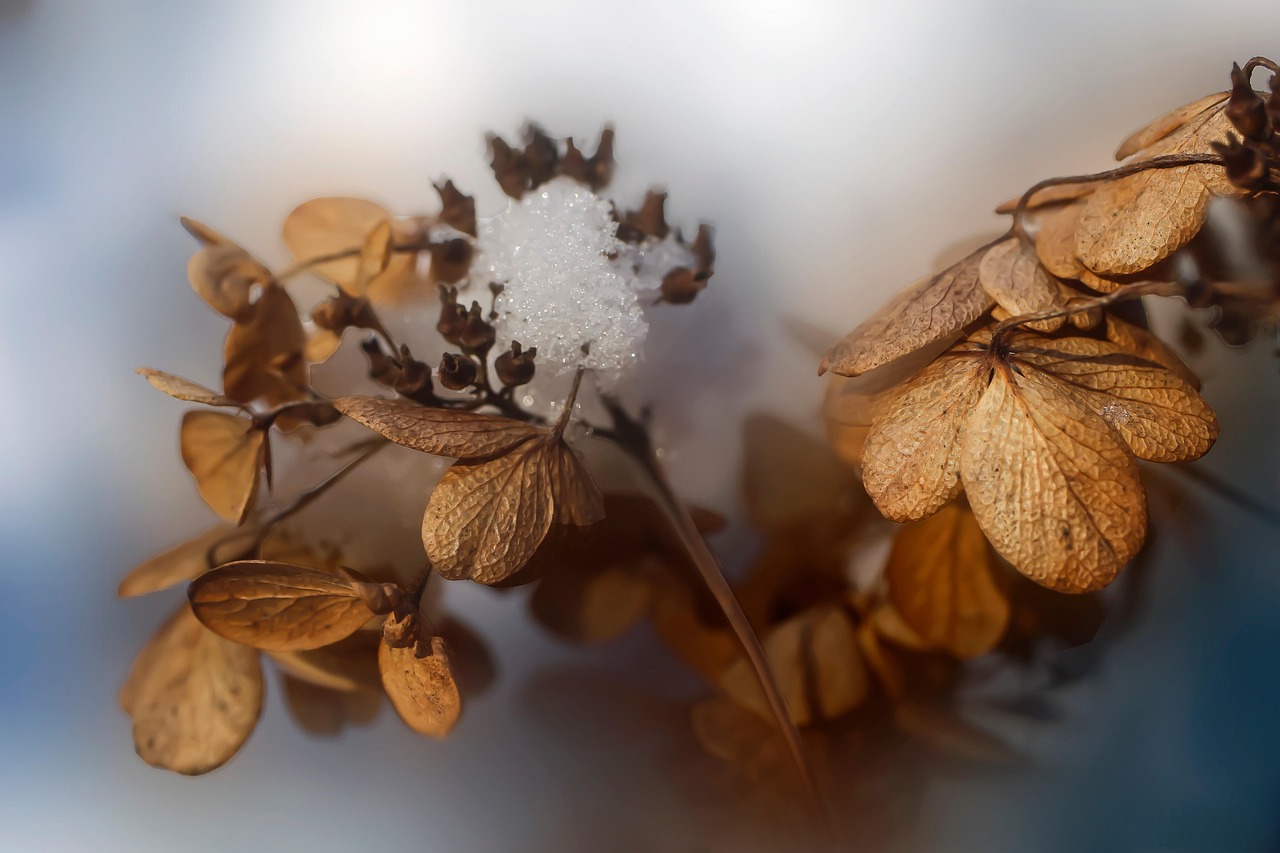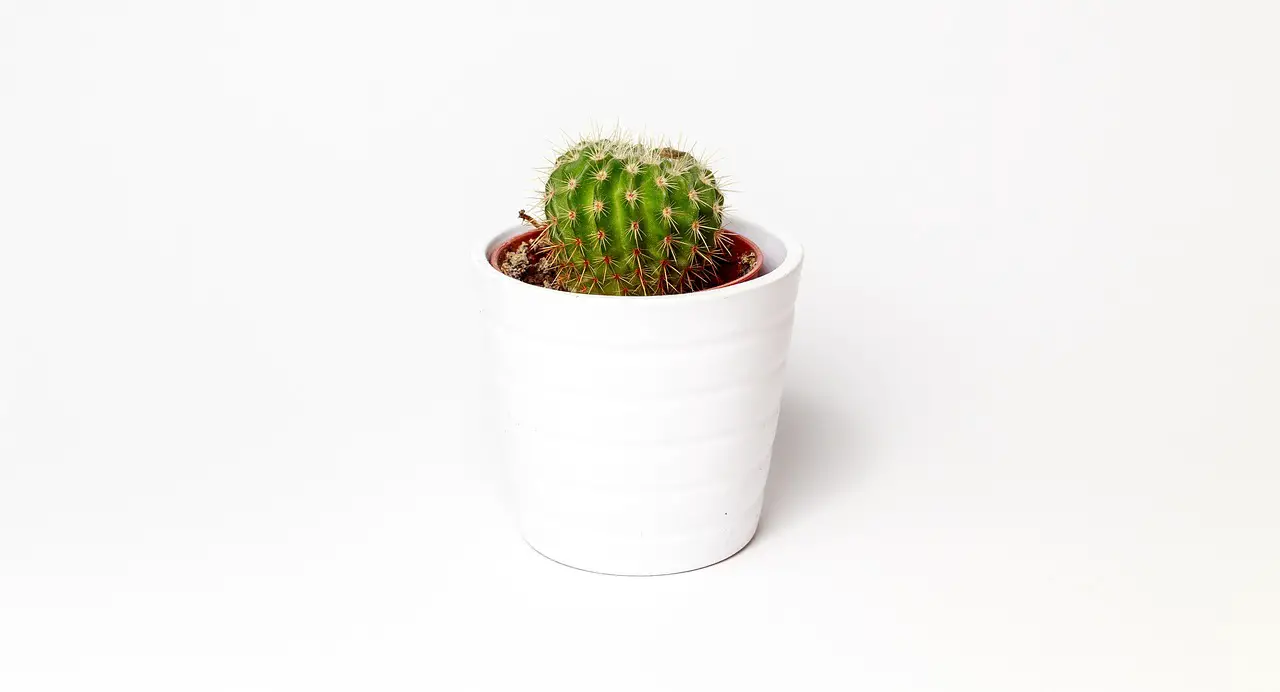Troubleshooting potted hydrangeas involves identifying common problems like wilting, discoloration, and poor blooming. Solutions include adjusting watering practices, monitoring nutrient levels, ensuring proper sunlight, and checking for pests. Early detection and appropriate care can help revive your plants and promote healthy growth.
Understanding Potted Hydrangeas

Potted hydrangeas are popular among gardening enthusiasts for their stunning blooms and versatility. These plants can thrive both indoors and outdoors, making them an excellent choice for various environments. However, growing hydrangeas in pots comes with its own set of challenges. Proper care and maintenance are crucial to ensure they flourish.
Hydrangeas are known for their large, colorful flower clusters that can range in color from blue to pink, depending on the soil pH. They prefer well-drained soil, consistent moisture, and a good amount of sunlight. Despite their resilience, potted hydrangeas can encounter several common issues that may affect their health and appearance.
Common Problems with Potted Hydrangeas
When caring for potted hydrangeas, it is essential to be vigilant about potential problems. Below are some of the most frequent issues that gardeners face:
- Wilting Leaves: This is often a sign of underwatering or overwatering.
- Discoloration: Yellowing leaves may indicate nutrient deficiencies or poor soil conditions.
- Poor Blooming: Lack of flowers can result from insufficient sunlight or improper pruning.
- Pest Infestations: Common pests such as aphids and spider mites can damage the foliage.
Identifying Wilting and Leaf Problems
Wilting leaves are one of the most noticeable signs that something is wrong with your hydrangea. If your plant’s leaves are drooping, it is essential to assess your watering routine. Overwatering can lead to root rot, while underwatering causes stress to the plant. Always check the top inch of soil; if it feels dry, it’s time to water.
If the leaves appear yellow or have brown tips, this can indicate nutrient deficiencies, particularly nitrogen or iron. To address this issue, consider using a balanced fertilizer specifically designed for flowering plants. Regular fertilization during the growing season can help maintain vibrant foliage and blooms.
Nutrient Management
Proper nutrient management is vital for the overall health of your potted hydrangeas. Here’s a simple table outlining key nutrients and their roles:
| Nutrient | Role |
|---|---|
| Nitrogen | Promotes leaf growth and vibrant foliage. |
| Phosphorus | Supports root development and flowering. |
| Potassium | Aids in overall plant health and disease resistance. |
In addition to fertilizing, ensure that your hydrangeas are planted in well-draining soil. This will help prevent water from pooling at the roots and causing rot. Regularly check for drainage holes in the pot to ensure effective water flow.
Sunlight Requirements
Hydrangeas thrive best in bright, indirect sunlight. Too much direct sunlight can scorch the leaves, while too little light can hinder blooming. Position your potted hydrangeas where they receive ample light but are protected from harsh midday sun. Adjusting their location based on seasonal changes can also help maintain optimal growth.
Watering Practices
Watering is crucial for the health of potted hydrangeas. Both overwatering and underwatering can lead to significant problems. Understanding the right watering practices can enhance the vitality of your plants.
Potted hydrangeas typically require more frequent watering than those planted in the ground. This is because pots can dry out quickly, especially in warm weather. Here are some guidelines for effective watering:
- Check Soil Moisture: Always check the soil moisture before watering. Insert your finger about an inch into the soil. If it feels dry, it is time to water.
- Water Deeply: When you water, do so thoroughly. This encourages deeper root growth and helps the plant establish itself.
- Avoid Waterlogging: Ensure that excess water drains out of the bottom of the pot to prevent root rot.
- Adjust for Weather: During hot, dry spells, your hydrangeas may need daily watering. Conversely, reduce frequency during cooler months.
Soil Quality and Composition
The quality of the soil plays a significant role in the overall health of potted hydrangeas. A proper soil mix can aid in drainage while retaining moisture, which is essential for these plants. Consider the following aspects when selecting soil:
- Well-Draining Mix: Use a potting mix specifically designed for flowering plants. This mix should include components like peat moss, perlite, or vermiculite to enhance drainage.
- pH Level: Hydrangeas thrive in slightly acidic to neutral soil (pH 5.5 to 7.0). Testing your soil pH can help you make necessary adjustments.
- Organic Matter: Incorporating compost into your soil mix can provide essential nutrients and improve soil structure.
Pest Management
Pests can be a common issue for potted hydrangeas, affecting their growth and blooming potential. Identifying and managing pests early can save your plants from significant damage. Here are some common pests to watch for:
Aphids
Aphids are small, sap-sucking insects that can cause leaves to curl and yellow. To manage aphids:
- Use insecticidal soap or neem oil to treat infested plants.
- Introduce beneficial insects like ladybugs that feed on aphids.
Spider Mites
Spider mites thrive in dry conditions and can create fine webs on the leaves. Signs of infestation include stippled leaves. To combat spider mites:
- Increase humidity around the plant.
- Wash the leaves with a strong stream of water to dislodge mites.
Fungus Gnats
Fungus gnats are small flies that can be found near the soil surface. They thrive in overly damp conditions. To reduce their population:
- Allow the top layer of soil to dry out between waterings.
- Use yellow sticky traps to catch adult gnats.
Pruning and Maintenance

Regular pruning is essential for maintaining the shape and health of potted hydrangeas. Pruning should be done at specific times depending on the type of hydrangea you have:

- Bigleaf Hydrangeas: Prune these after blooming to avoid cutting off next year’s flowers.
- Peegee Hydrangeas: These can be pruned in late winter or early spring before new growth begins.
Additionally, removing dead or diseased branches promotes better airflow and reduces the risk of pests and diseases. Regular maintenance will ensure your hydrangeas remain healthy and vibrant throughout the growing season.
Common Diseases Affecting Potted Hydrangeas
Potted hydrangeas can be susceptible to various diseases that may impact their health and flowering capabilities. Recognizing the signs of these diseases early can help you take appropriate action. Here are some common diseases to watch for:
Powdery Mildew
This fungal disease appears as a white, powdery coating on leaves and stems. It thrives in warm, dry conditions and can hinder photosynthesis. To manage powdery mildew:
- Ensure adequate airflow around the plant by pruning dense foliage.
- Avoid overhead watering, which can create a humid environment.
- Apply fungicides specifically designed to combat powdery mildew.
Root Rot
Root rot is often caused by overwatering or poorly draining soil. Signs include wilting, yellowing leaves, and a foul smell from the soil. To prevent root rot:
- Use pots with drainage holes to facilitate proper water flow.
- Allow the soil to dry out between waterings.
- Consider repotting with fresh, well-draining soil if root rot is suspected.
Leaf Spot
Leaf spot diseases manifest as dark brown or black spots on leaves. These spots can lead to leaf drop and weaken the plant. To control leaf spot:
- Remove affected leaves promptly to prevent the spread of disease.
- Ensure good air circulation around your hydrangeas.
- Apply fungicides as a preventative measure during damp weather.
Seasonal Care Tips
Hydrangeas require different care approaches depending on the season. Understanding the seasonal needs of your potted hydrangeas will help ensure they thrive throughout the year.
Spring Care
As temperatures rise and new growth begins, spring is a critical time for potted hydrangeas:
- Fertilization: Start fertilizing with a balanced fertilizer to promote healthy growth.
- Pruning: Prune according to the type of hydrangea to encourage new blooms.
- Repotting: If necessary, repot into a larger container to accommodate growth.
Summer Care
During summer, hydrangeas require regular attention:
- Watering: Check moisture levels frequently, especially during heat waves.
- Pest Monitoring: Keep an eye out for pests and treat infestations quickly.
- Mulching: Apply mulch to retain soil moisture and regulate temperature.
Fall Care
As fall approaches, it’s essential to prepare your hydrangeas for the cooler months:
- Reducing Watering: Gradually reduce watering as temperatures drop.
- Final Pruning: Perform any necessary pruning before winter dormancy.
- Protection: Consider wrapping pots with burlap or moving them to a sheltered location if temperatures drop significantly.
Winter Care and Protection
Potted hydrangeas can be vulnerable during winter. Protecting them from harsh conditions is crucial for their survival. Here are some strategies for winter care:
- Indoor Placement: If possible, move potted hydrangeas indoors to a cool, bright location.
- Outdoor Protection: If left outside, insulate pots with materials like straw or bubble wrap to prevent freezing.
- Minimal Watering: Water sparingly during winter months, allowing soil to dry between waterings.
By following these seasonal care tips and managing diseases effectively, you can keep your potted hydrangeas healthy and vibrant throughout the year.
Common Misconceptions About Hydrangea Care

When it comes to caring for potted hydrangeas, several misconceptions can lead to improper treatment. Addressing these misunderstandings is essential for successful gardening.
- Hydrangeas only bloom in spring: While many varieties bloom in spring, others may flower in summer or fall. Understanding your specific type is vital.
- All hydrangeas need full sun: Some varieties, particularly those with blue flowers, thrive better in partial shade. It’s essential to know the light preferences of your specific hydrangea type.
- Pruning is harmful: While improper pruning can damage the plant, regular pruning promotes healthy growth and better blooms when done correctly.
Understanding Hydrangea Varieties
Different varieties of hydrangeas have unique needs and characteristics. Familiarizing yourself with these varieties can help you provide the best care:
- Bigleaf Hydrangeas (Hydrangea macrophylla): Known for their large blooms, they can be either mophead or lacecap types. They require consistent moisture and do best in partial shade.
- Peegee Hydrangeas (Hydrangea paniculata): These are more tolerant of sun and are known for their cone-shaped flower clusters. They can be pruned in late winter and are quite hardy.
- Oakleaf Hydrangeas (Hydrangea quercifolia): With unique oak-shaped leaves, these hydrangeas are also drought-tolerant once established. They prefer well-drained soil and some shade.
Utilizing Soil Test Kits
One effective way to enhance your hydrangea care is by using soil test kits. These kits can provide insights into the pH level and nutrient content of your soil. Here’s how to use them:
- Collect Soil Samples: Take samples from different areas of the pot to get a comprehensive analysis.
- Follow Instructions: Each kit comes with specific instructions on how to test pH and nutrients.
- Interpret Results: Use the results to adjust your watering and fertilization practices accordingly.
Final Thoughts
Caring for potted hydrangeas requires attention to detail and adaptability. By understanding their unique needs, including proper watering, sunlight, soil composition, and pest management, you can cultivate stunning blooms that enhance your indoor or outdoor spaces. Remember that each hydrangea variety has its own requirements, making it essential to tailor your care practices accordingly.
Emphasizing seasonal care is crucial as it allows you to anticipate the specific needs of your plants throughout the year. Whether it’s adjusting watering schedules in summer or providing protection during winter, being proactive will set your hydrangeas up for success.
Lastly, by dispelling common misconceptions and utilizing tools like soil test kits, you can ensure a thriving environment for your hydrangeas. With patience and the right approach, troubleshooting common problems will become second nature, allowing you to enjoy the beauty of potted hydrangeas for years to come.
With this comprehensive guide, you are now equipped with the knowledge needed to troubleshoot and maintain healthy potted hydrangeas effectively. Happy gardening!
